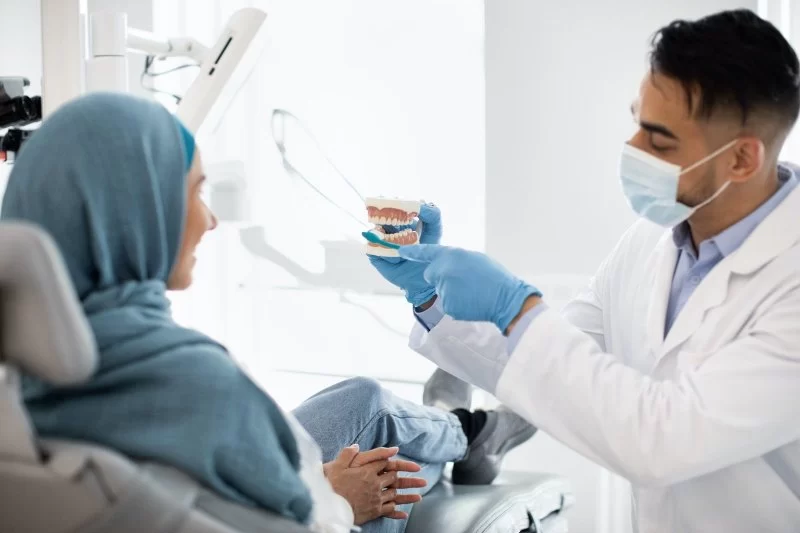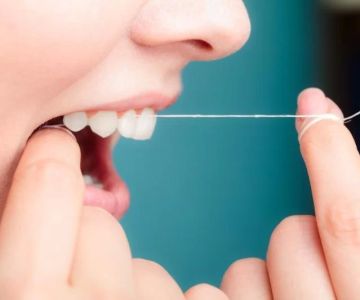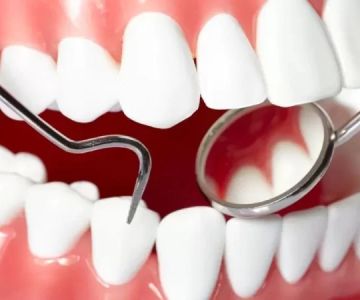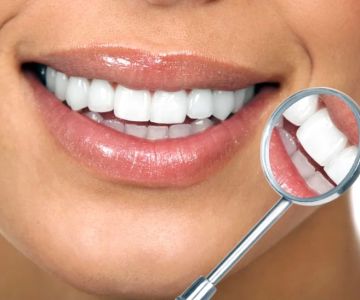
1. Defining Oral Hygiene According to WHO
1.1 The World Health Organization’s perspective on oral health
According to the World Health Organization (WHO), oral hygiene is an essential part of overall health and well-being. WHO defines oral health as being “multi-faceted,” including the ability to speak, smile, smell, taste, chew, and express emotions without pain or discomfort. It’s not merely the absence of cavities or gum disease—it’s a fundamental aspect of physical, mental, and social health. Maintaining proper oral hygiene helps prevent infection, supports nutrition, and enhances self-confidence, contributing to a higher quality of life.
1.2 The importance of oral hygiene in global health standards
WHO emphasizes that oral diseases are among the most common non-communicable diseases worldwide, affecting nearly 3.5 billion people. Issues like tooth decay, periodontal disease, and oral cancer have far-reaching impacts on general health, productivity, and even economic stability. Good oral hygiene is therefore seen as a key preventive measure to reduce the burden of disease. By prioritizing daily cleaning, regular dental visits, and healthy lifestyle habits, individuals can help align with WHO’s global vision for oral health equity.
2. Core Components of Oral Hygiene
2.1 Daily cleaning and preventive care
Oral hygiene begins with the basics: brushing twice a day with fluoride toothpaste, flossing once daily, and cleaning the tongue to remove bacteria. These habits prevent plaque buildup, which can lead to cavities and gum disease. WHO also recommends reducing sugar intake and avoiding tobacco and excessive alcohol consumption—two major risk factors for oral infections and cancers. Simple habits, when practiced consistently, have a profound impact on both oral and systemic health.
2.2 Professional dental care and early detection
While personal hygiene is the foundation, professional care is equally crucial. Regular dental checkups allow early detection of oral conditions before they progress. Dentists use professional cleanings to remove tartar, examine soft tissues, and provide education on maintaining oral wellness. WHO supports initiatives that integrate oral healthcare into primary health systems, ensuring that even underserved populations receive preventive and emergency dental services.
3. The Broader Impact of Oral Hygiene on Overall Health
3.1 The mouth as a mirror of the body
Medical professionals often refer to the mouth as the “window” to the body because it reveals signs of systemic diseases. Conditions such as diabetes, heart disease, and even certain respiratory infections have been linked to poor oral hygiene. Infections that start in the mouth can spread through the bloodstream, affecting other organs and weakening the immune system. WHO’s approach highlights the importance of oral health in preventing chronic conditions that impact millions globally.
3.2 Oral health and mental well-being
Beyond physical health, oral hygiene also affects self-esteem and social confidence. Individuals with untreated dental problems often experience pain, difficulty speaking or eating, and embarrassment about their appearance. This can lead to social withdrawal, anxiety, and even depression. WHO underscores the psychological dimension of oral health as part of its holistic definition of wellness. A healthy mouth isn’t just about function—it’s about dignity, confidence, and social participation.
4. Real-Life Scenarios: How Oral Hygiene Affects Communities
4.1 A story from community dental outreach
In one U.S. community outreach program inspired by WHO’s oral health goals, dental professionals provided free checkups and hygiene education to low-income families. Many participants were unaware that their chronic headaches or fatigue stemmed from untreated gum infections. After receiving care and learning about proper brushing techniques, several individuals reported improved energy and overall comfort. This real-world example shows how small changes in oral hygiene can create meaningful differences in community health.
4.2 Public health initiatives and education
WHO collaborates with global and local organizations to promote oral health awareness. Educational campaigns target schools, emphasizing preventive habits from a young age. By teaching children how to care for their teeth and gums, these initiatives reduce long-term disease risk. In the United States, dental programs now echo this approach, integrating WHO’s recommendations into community-based care models to reach vulnerable populations.
5. How to Align Personal Habits with WHO Oral Hygiene Standards
5.1 Practical steps for maintaining oral wellness
Practicing good oral hygiene doesn’t have to be complicated. Following WHO’s recommendations, individuals should adopt the following habits:
• Brush teeth at least twice daily with fluoride toothpaste.
• Floss to remove food particles between teeth.
• Replace toothbrushes every three months.
• Visit a dentist regularly for professional cleaning and examination.
• Limit sugary foods and beverages to prevent decay.
• Avoid smoking and excessive alcohol consumption.
• Stay hydrated to support natural saliva production, which protects enamel.
These small, consistent steps ensure long-term dental health and align with WHO’s broader preventive healthcare goals.
5.2 The role of dental professionals and global cooperation
Dentists and hygienists play a crucial role in promoting WHO’s oral health objectives. They provide education, preventive care, and community outreach, helping individuals understand how oral hygiene supports systemic wellness. Clinics across the United States, including those connected with Family Dentistry Online, follow these international standards to ensure comprehensive, patient-centered dental care. Together, public education and professional collaboration form the cornerstone of a healthier society.
6. The Future of Oral Hygiene Awareness
6.1 WHO’s mission for global oral health equity
WHO’s long-term goal is to integrate oral health into universal health coverage. This means making dental care affordable, accessible, and recognized as a core component of public health. The organization advocates for policies that reduce disparities, ensuring that everyone—regardless of socioeconomic status—has the opportunity to maintain a healthy mouth. In the U.S., adopting WHO’s standards can lead to improved outcomes for individuals and communities alike.
6.2 A call to action for individuals and families
Every person has the power to make a difference in their oral health. Whether it’s committing to daily brushing or scheduling regular dental visits, these actions protect not just your teeth, but your entire well-being. By embracing WHO’s approach, families can cultivate lifelong habits that promote health, confidence, and happiness. For expert guidance and care tailored to your needs, visit Family Dentistry Online—your trusted partner in achieving world-class oral hygiene.







 Dr Phillips Periodontics & Implants: Lee Christopher DMD4.0 (53 review)
Dr Phillips Periodontics & Implants: Lee Christopher DMD4.0 (53 review) Coventry Family Dental4.0 (247 review)
Coventry Family Dental4.0 (247 review) Dentistry for Children - McDonough4.0 (796 review)
Dentistry for Children - McDonough4.0 (796 review) Above & Beyond Dentistry & Implants4.0 (540 review)
Above & Beyond Dentistry & Implants4.0 (540 review) Dr. Valarie Kreps0.0 (0 review)
Dr. Valarie Kreps0.0 (0 review) Molen Oral & Implant Surgery4.0 (20 review)
Molen Oral & Implant Surgery4.0 (20 review) The Importance of Oral Health Education During Pregnancy for a Healthy Pregnancy
The Importance of Oral Health Education During Pregnancy for a Healthy Pregnancy Best Tips for Brushing Your Teeth Properly for Healthy Gums: Essential Techniques for Oral Health
Best Tips for Brushing Your Teeth Properly for Healthy Gums: Essential Techniques for Oral Health Why Skipping Dental Checkups Can Lead to Bigger Oral Health Problems
Why Skipping Dental Checkups Can Lead to Bigger Oral Health Problems Advantages of Porcelain Dental Restorations
Advantages of Porcelain Dental Restorations How Can Diabetes Cause Tooth and Gum Problems? Preventing and Managing Oral Health Issues
How Can Diabetes Cause Tooth and Gum Problems? Preventing and Managing Oral Health Issues Healthy Habits for Promoting Good Oral Health and Hygiene: Tips for a Healthy Smile
Healthy Habits for Promoting Good Oral Health and Hygiene: Tips for a Healthy Smile